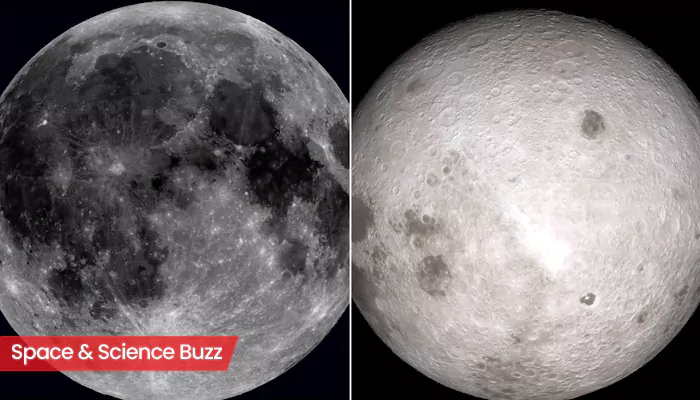NASA Cancels VIPER Moon Rover Mission After Spending $450 Mn: Checkout the List & True Cost of NASA's Abandoned Projects
- Soham Halder
- 1 year ago
- 3 minutes read

After investing $450 million over the years, NASA has decided to abandon the ambitious VIPER Moon Rover Mission.
National Aeronautics and Space Administration or NASA has announced to cancel moon rover project due to multiple launch delays and cost overruns. Named as Volatiles Investigating Polar Exploration Rover or VIPER, it was initially planned to examine the lunar south pole to search ice and other important resources. Meanwhile, this is not the first time NASA has cancelled any big project. In this article, we will explore other cancelled missions and total cost of those projects.
NASA's Cancelled Missions:
You might have come across recent failure of 20 spaceX satellites costing over billions. Ever wondered how much NASA has lost due to cancellation of various space missions? It's beyond our imagination! Following are some of the cancelled missions.
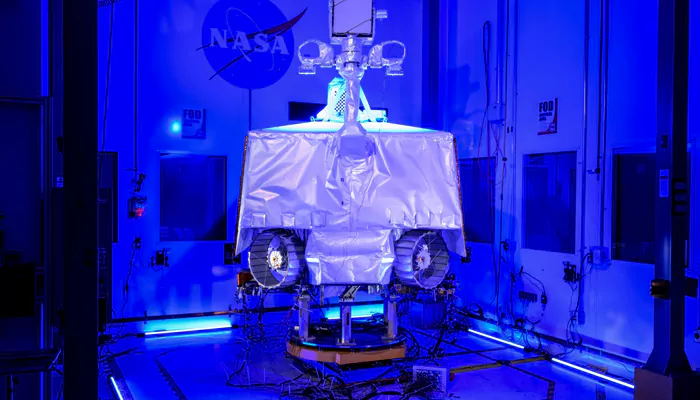
(Credit - NASA X handle)
Mars Exploration Program (MEP): To understand Mars environment in a better way, NASA designed MEP in 1993. However, this ambitious mission to explore habitat possibilities on the Mars had to stop suddenly due to 40% cut during FY 2013 by NASA. The initial project proposal was of $485 million.
The Constellation program (CxP): NASA planned a crewed spaceflights during 2005 to 2009 in orbit, Mars and Moon. However, technical incapabilities led to the cancellation of the project after two attempts. The total cost of the project was $230 million.
New Millennium Program (NMP): This was not a space mission, rather focused on developing technologies. However, cost cutting led to termination of the project in FY2009. Originally dubbed as “Deep Space” mission, NASA planned to develop modern technologies through this project.
Project Prometheus (Project Promethian): Established with an ambitious goal of nuclear spacecraft propulsion system, NASA framed Project Prometheus in 2003. However, due to shrinking budget led to project termination. From initial budget of $252.6 million, only $100 million was sanctioned.
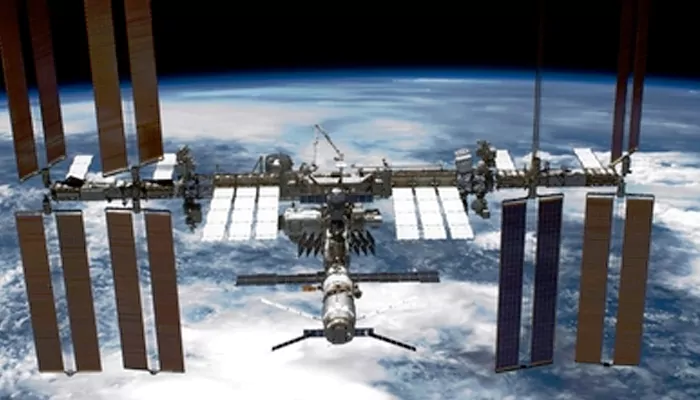
NASA X-38: NASA planned an experimental re-entry vehicle, to research on emergency Crew Return Vehicle (CRV) structure for the International Space Station (ISS). Within 3 years of efforts by NASA and ESA, budget constraints led to project termination.
Lockheed Martin X-33: It was an uncrewed, sub-scale technology demonstrator for suborbital region. It was designed as a commercial reusable launch vehicle (RLV) with a budget of more than $1 billion.
Gravity and Extreme Magnetism Small Explorer (GEMS or SMEX-13): To measure the polarization of X-ray sources, NASA develped this space observatory mission. This project might have enhanced our basic understanding about spacetime and blackhole. Due to excessive cost and multiple launch delays, the project was shelved in 2012.
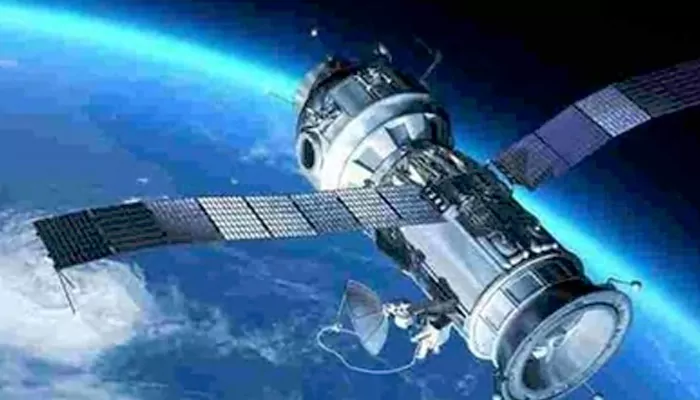
Mars Telecommunications Orbiter (MTO): With an ambitious goal of establishing Interplanetary Internet between Mars and Earth, NASA develped MTO, which was initially planned to be launched in 2009. Due to lack of technical support, the project was cancelled.
Jupiter Icy Moons Orbiter (JIMO): To understand the universe in a better way and finding potential habitation spots, NASA planned to explore Jupiter’s moon Europa. However, sudden change in priorities led to mission cancellation.
Apart from these, nearly 10 more space missions including Apollo 18, 19, and 20 were abandoned by NASA due to various reasons, cost being the preliminary cause. As per calculation, the total cost of cancelled missions is over $10 billions.

“Decisions like this are never easy…But in this case, the projected remaining expenses for VIPER would have resulted in having to either cancel or disrupt many other missions,” NASA's associate administrator of the science mission directorate, Nicky Fox, said in a recent statement regarding mission cancellation.
What happens if a mission cancels after investing millions of dollars? Well, that's a different area of study! The collected data and reusable equipment are often used for next big mission.

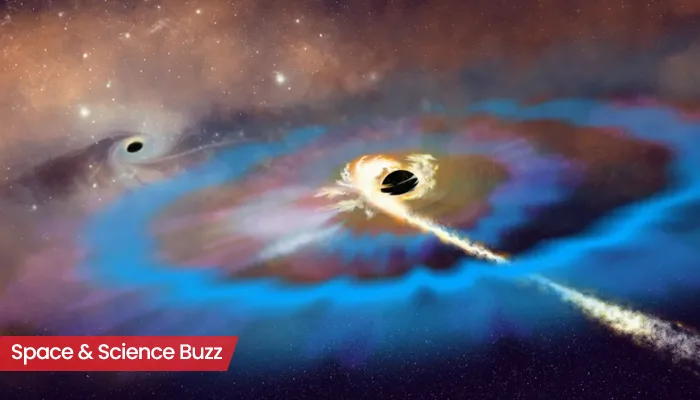


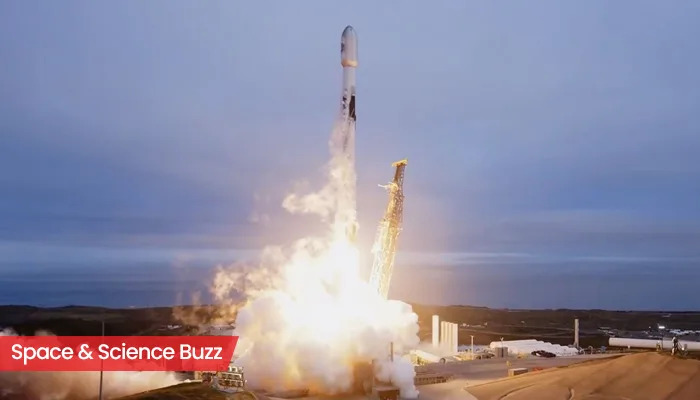
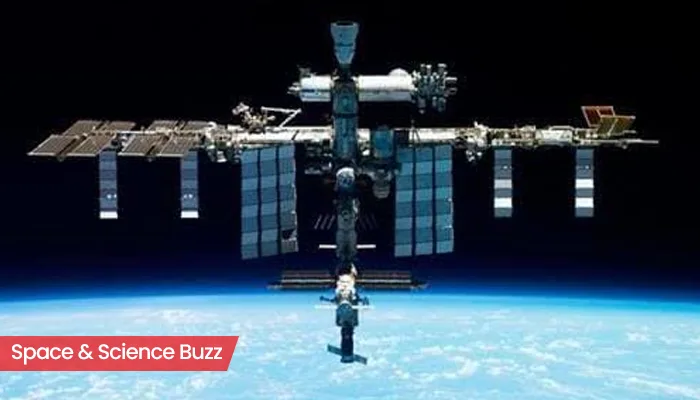
.webp)
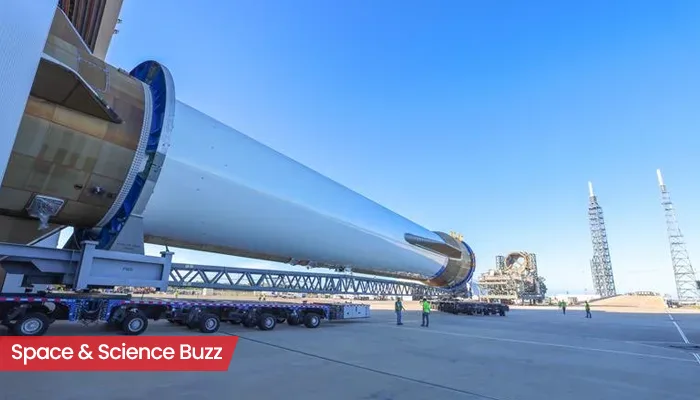

.webp)
.webp)
